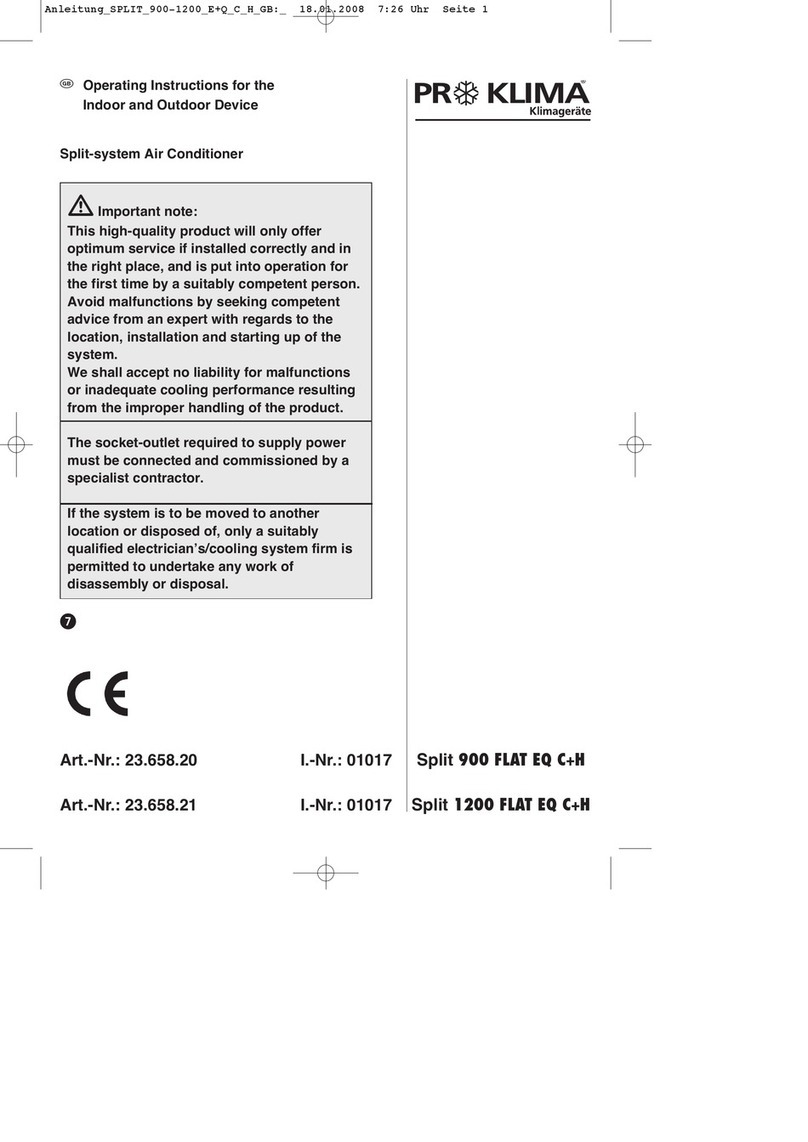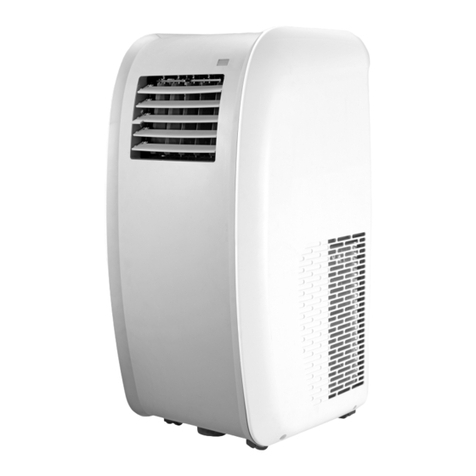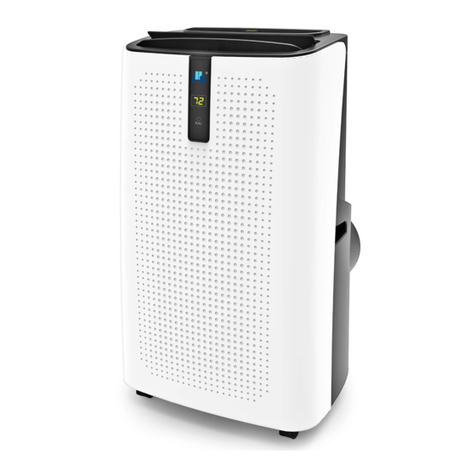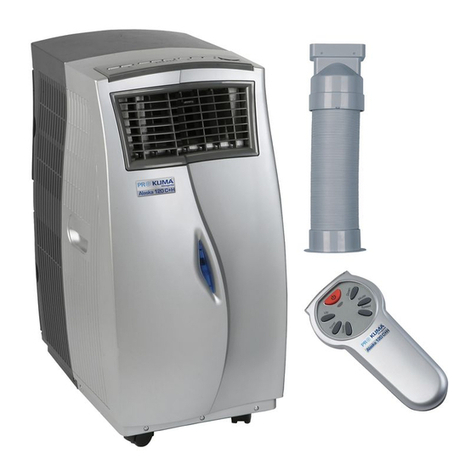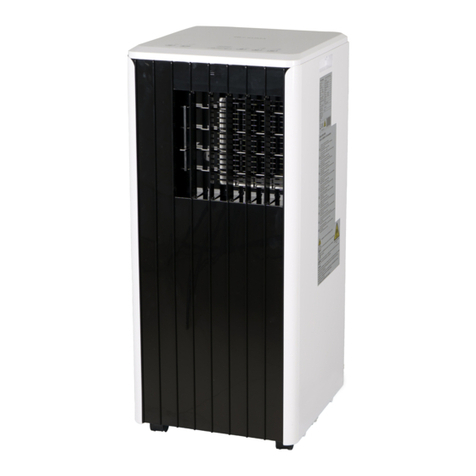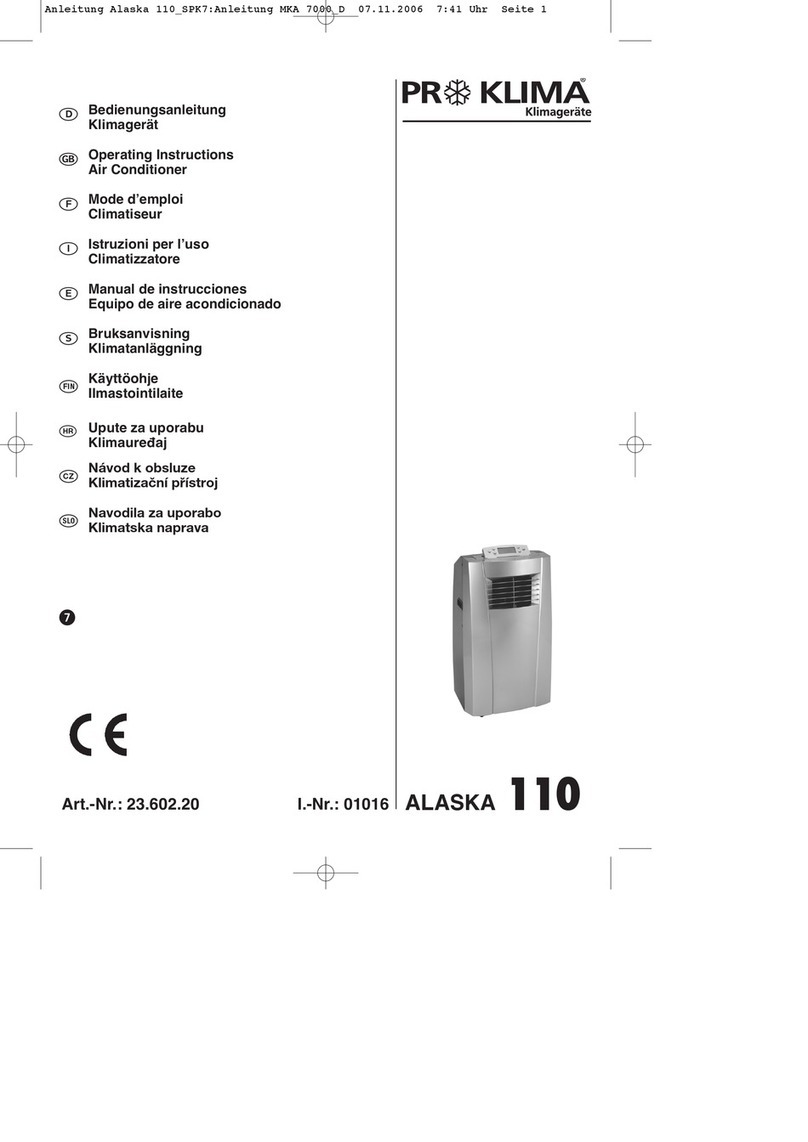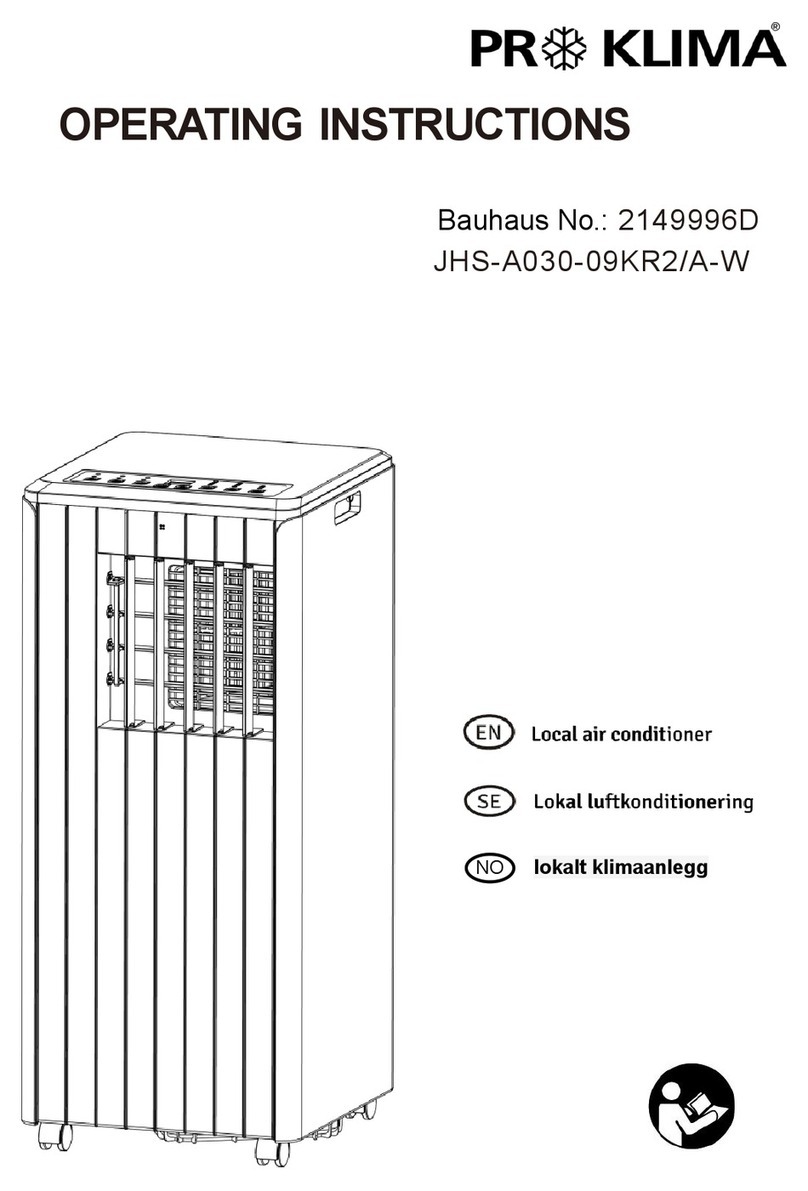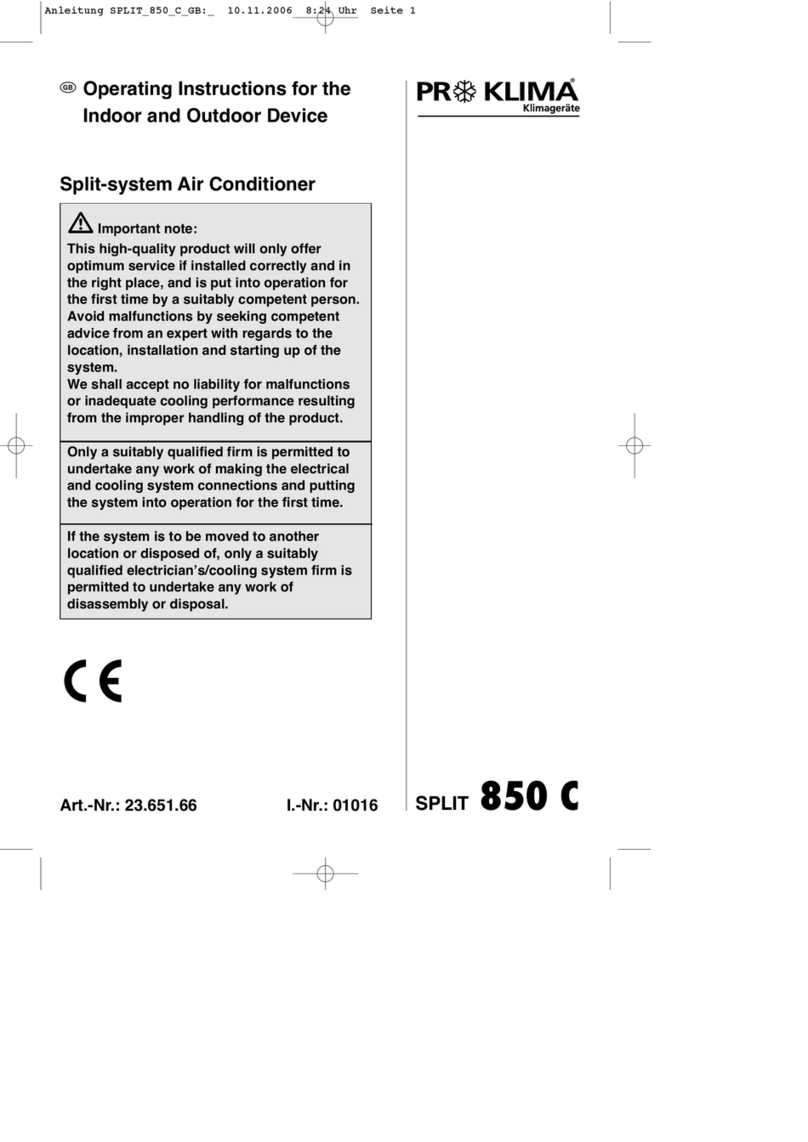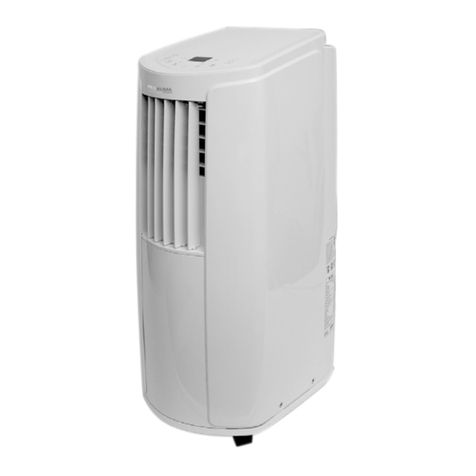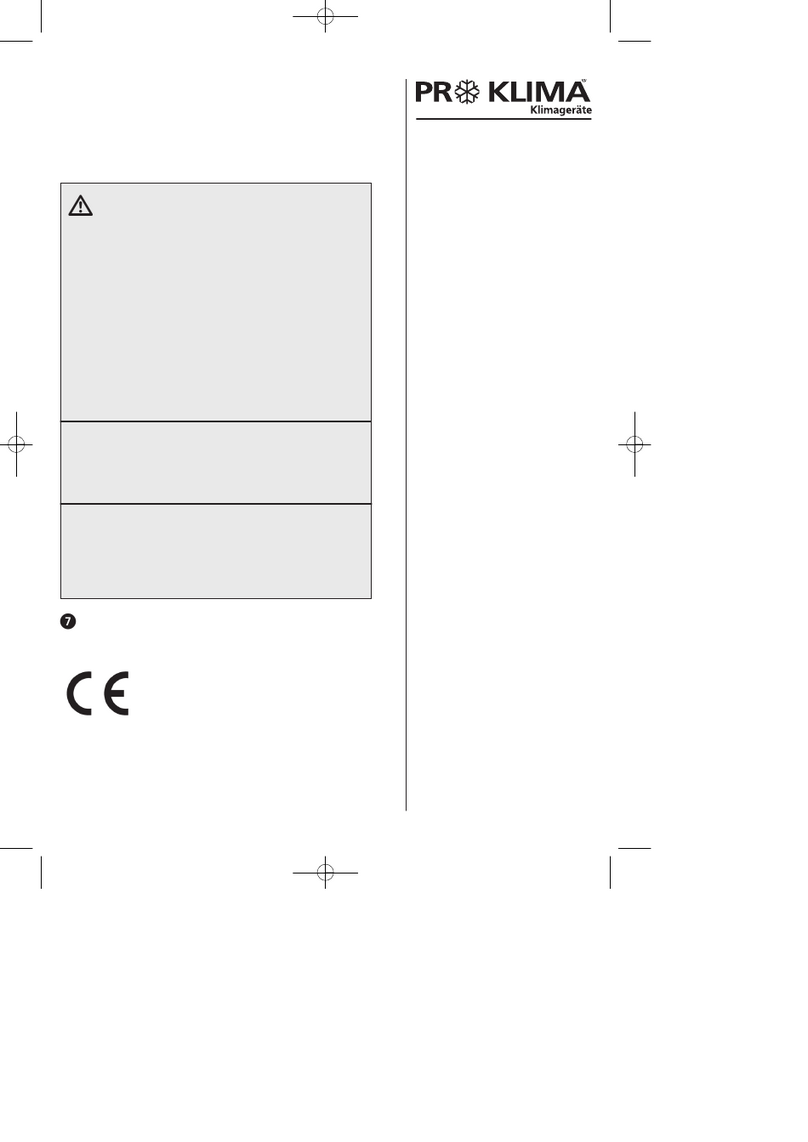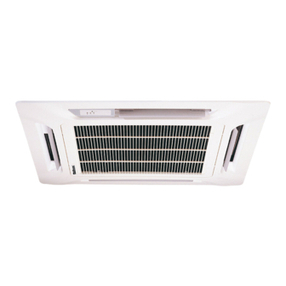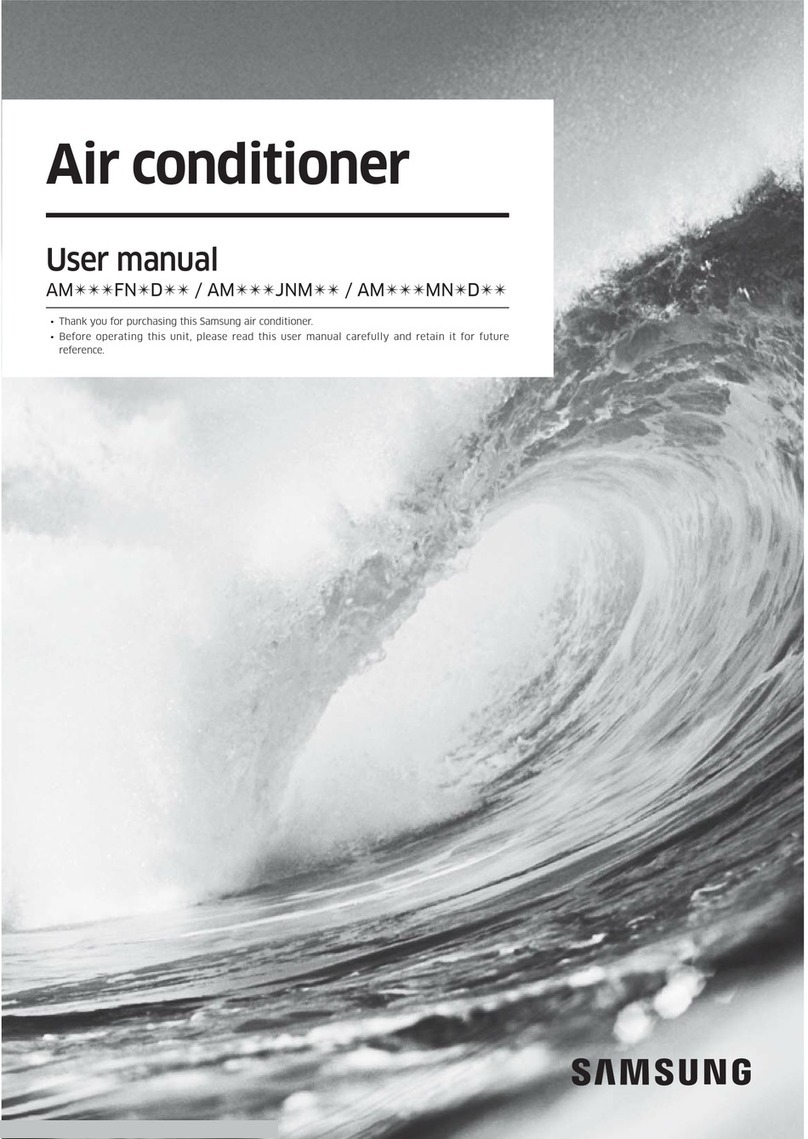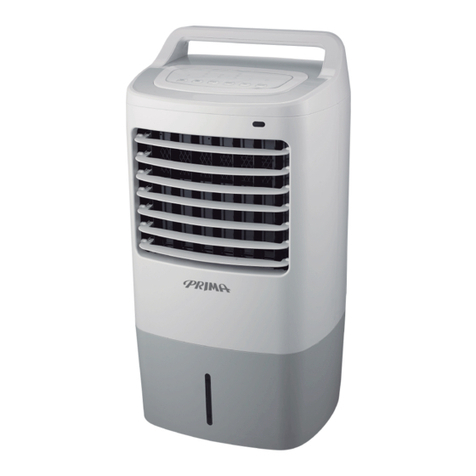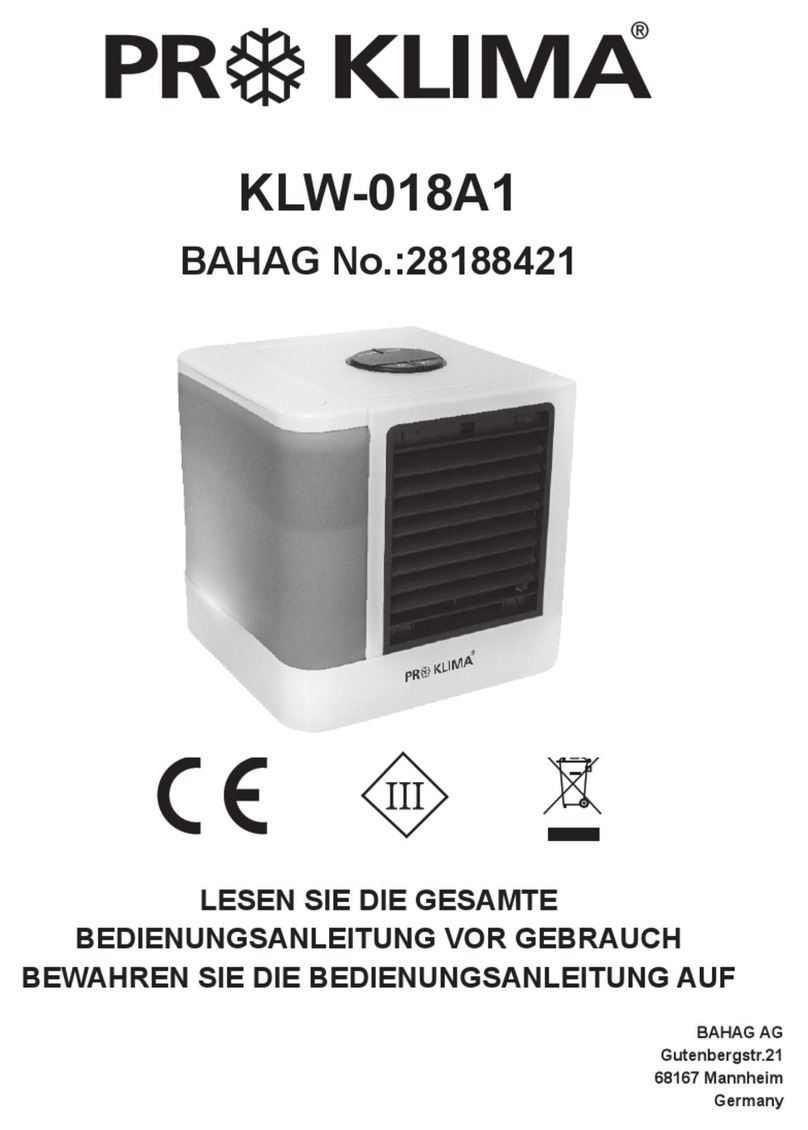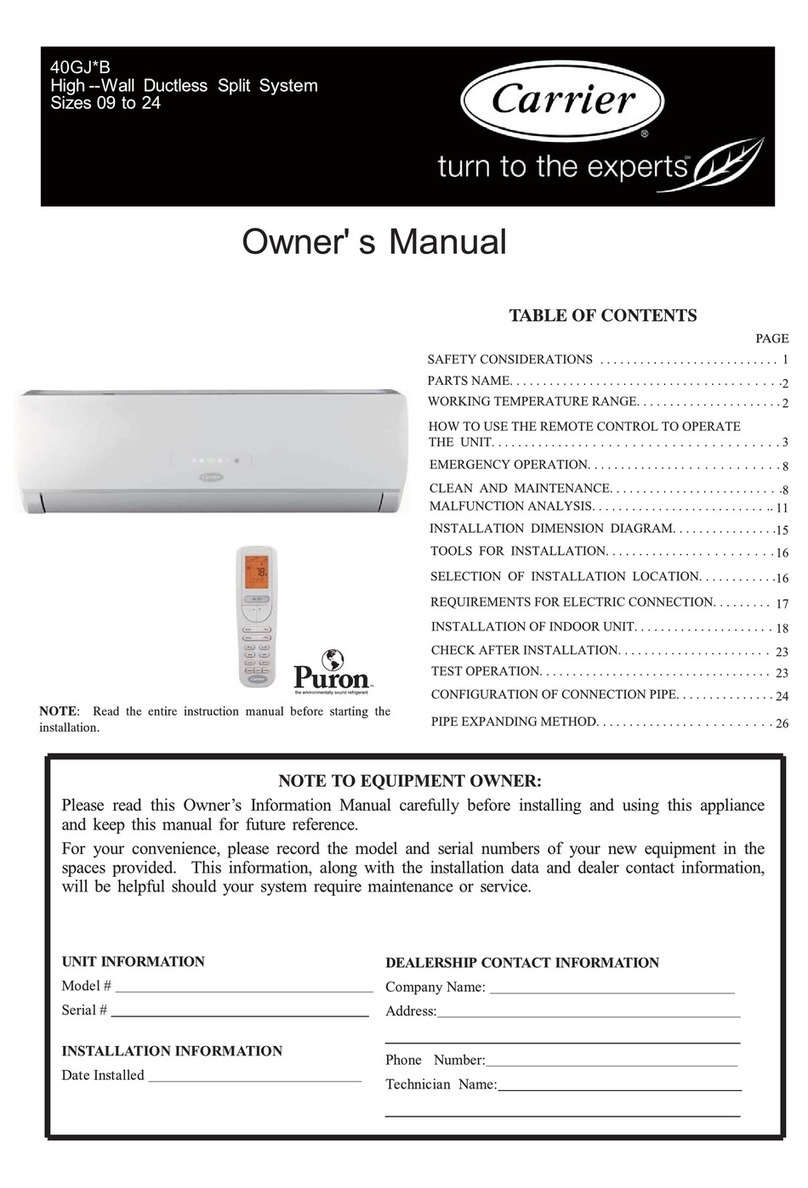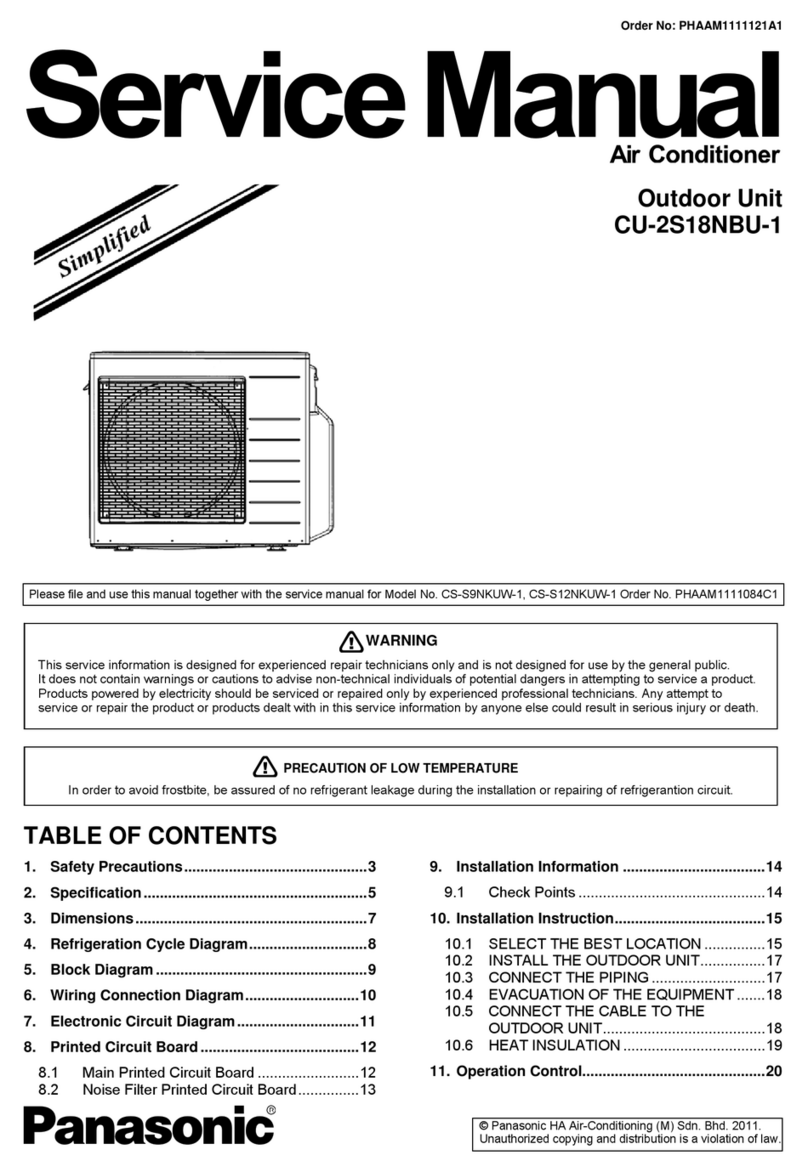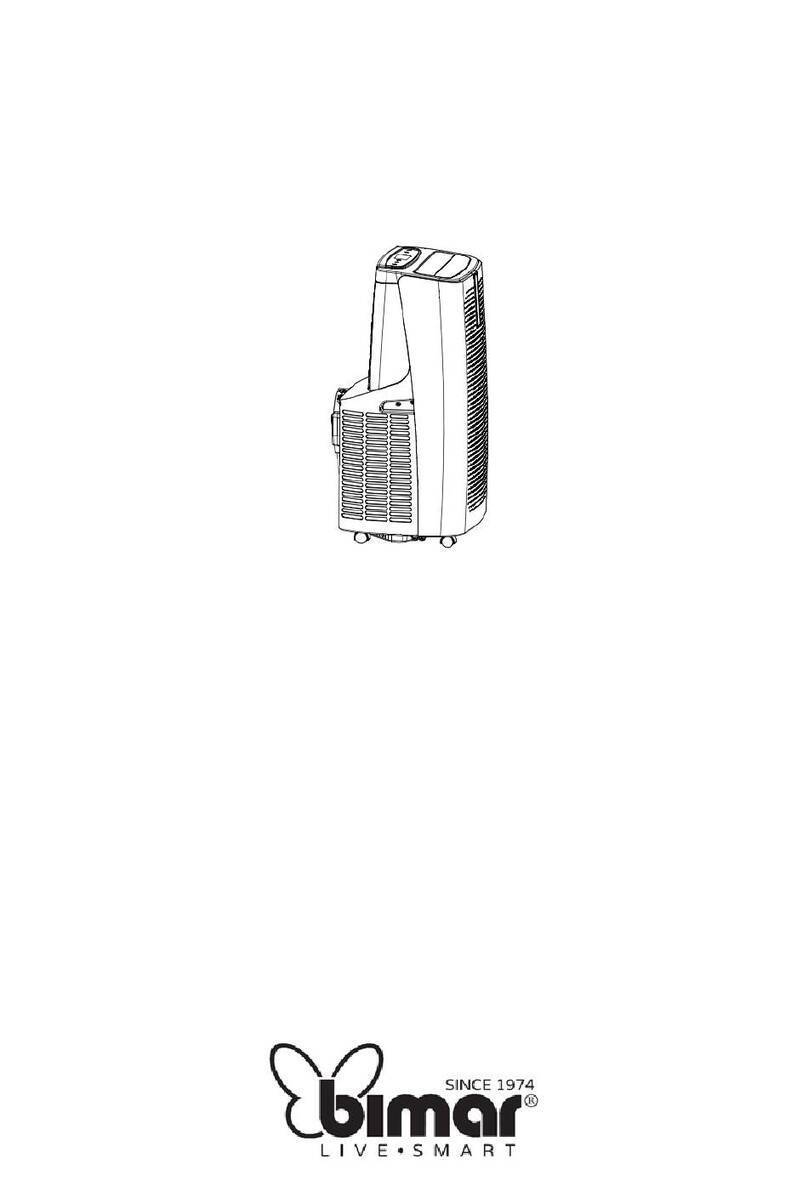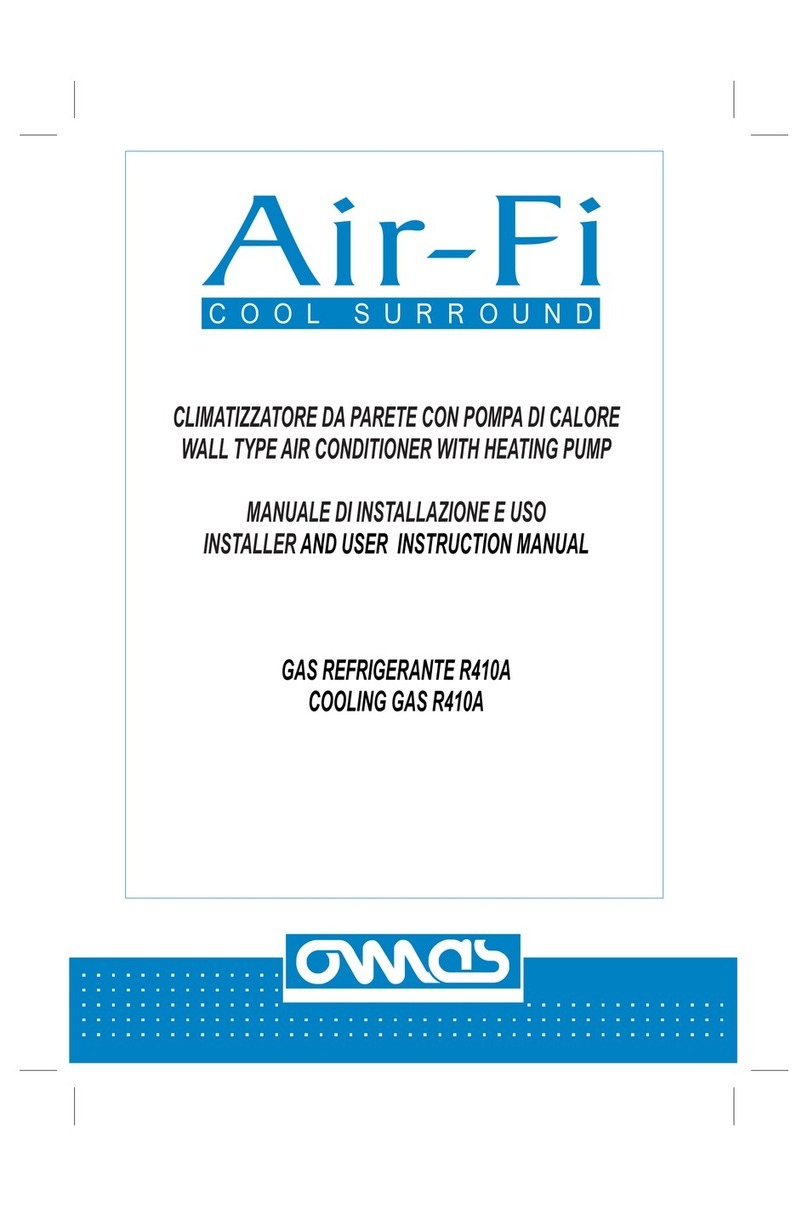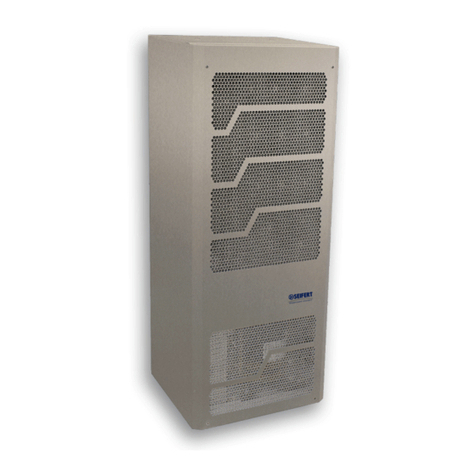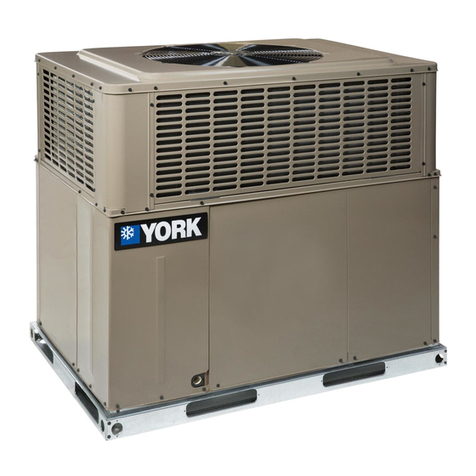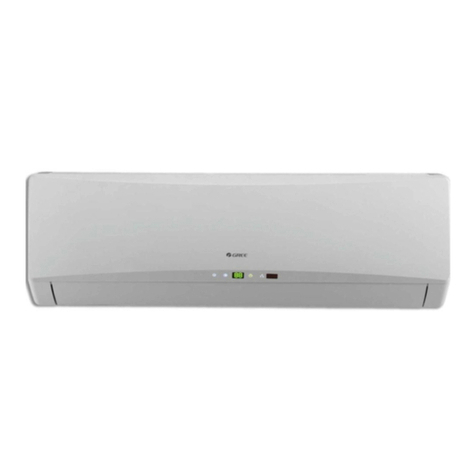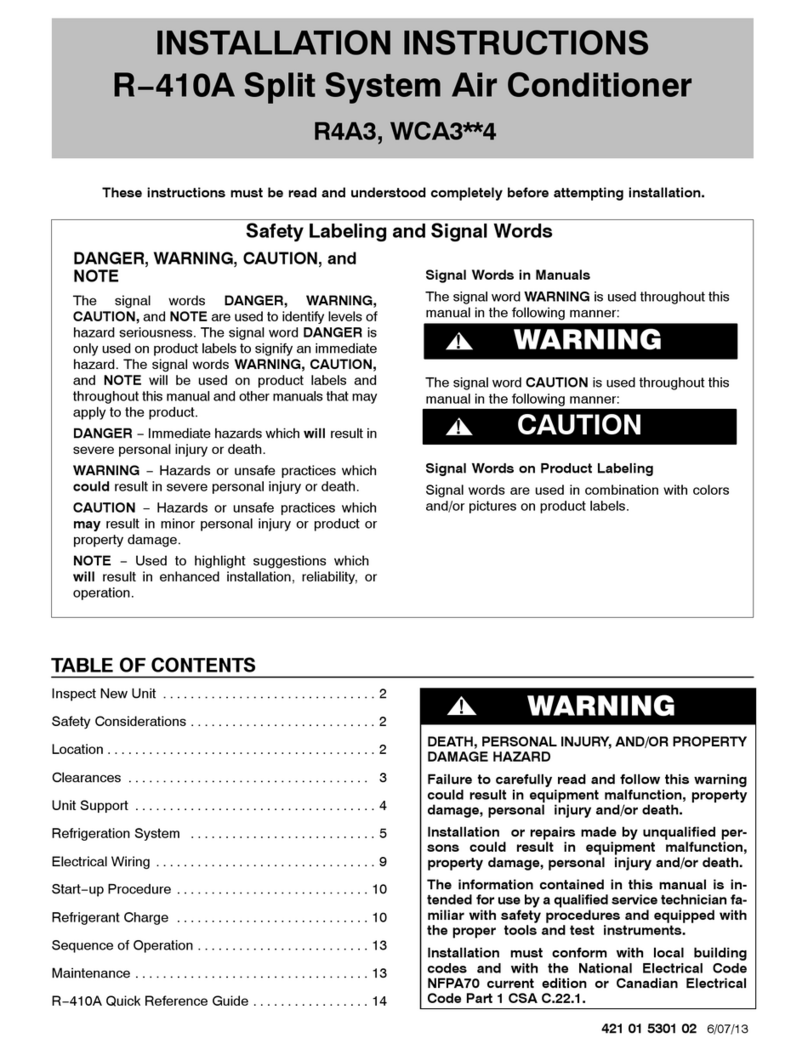
adequately sealed or intrinsically safe.
1.5 Presence of fire extinguisher
If any hot work is to be conducted on the refrigeration equipment or any associated parts,
propriate fire extinguishing equipment shall be available to hand. Have a dry powder or CO 2 fire
extinguisher adjacent to the charging area.
1.6 No ignition sources
No person carrying out work in relation to a refrigeration system which involves exposing any
pipe work that contains or has contained flammable refrigerant shall use any sources of ignition
in such a manner that it may lead to the risk of fire or explosion. All possible ignition sources,
including cigarette smoking, should be kept sufficiently far away from the site of installation,
repairing, removing and disposal, during which flammable refrigerant can possibly be released to
the surrounding space. Prior to work taking place, the area around the equipment is to be
surveyed to make sure that there are no flammable hazards or ignition risks. "No Smoking” signs
shall be displayed.
1.7 Ventilated area
Ensure that the area is in the open or that it is adequately ventilated before breaking into the
system or conducting any hot work. A degree of ventilation shall continue during the period that
the work is carried out. The ventilation should safely disperse any released refrigerant and
preferably expel it externally into the atmosphere.
1.8 Checks to the refrigeration equipment
Where electrical components are being changed, they shall be fit for the purpose and to the
correct specification. At all times the manufacturer’s maintenance and service guidelines shall be
followed. If in doubt consult the manufacturer’s technical department for assistance.The
following checks shall be applied to installations using flammable refrigerants: the charge size is
in accordance with the room size within which the refrigerant containing parts are installed; the
ventilation machinery and outlets are operating adequately and are not obstructed; if an indirect
refrigerating circuit is being used, the secondary circuit shall be checked for the presence of
refrigerant; marking to the equipment continues to be visible and legible. Markings and signs that
are illegible shall be corrected; refrigeration pipe or components are installed in a position where
they are unlikely to be exposed to any substance which may corrode refrigerant containing
components, unless the components are constructed of materials which are inherently resistant
to being corroded or are suitably protected against being so corroded.
1.9 Checks to electrical devices
Repair and maintenance to electrical components shall include initial safety checks and
component inspection procedures. If a fault exists that could compromise safety, then no
electrical supply shall be connected to the circuit until it is satisfactorily dealt with. If the fault
cannot be corrected immediately but it is necessary to continue operation, an adequate
temporary solution shall be used. This shall be reported to the owner of the equipment so all
parties are advised.
Initial safety checks shall include: that capacitors are discharged: this shall be done in a safe
manner to avoid possibility of sparking; that there no live electrical components and wiring are
exposed while charging, recovering or purging the system; that there is continuity of earth
bonding.
2 REPAIRS TO SEALED COMPONENTS
2.1 During repairs to sealed components, all electrical supplies shall be disconnected from the




















